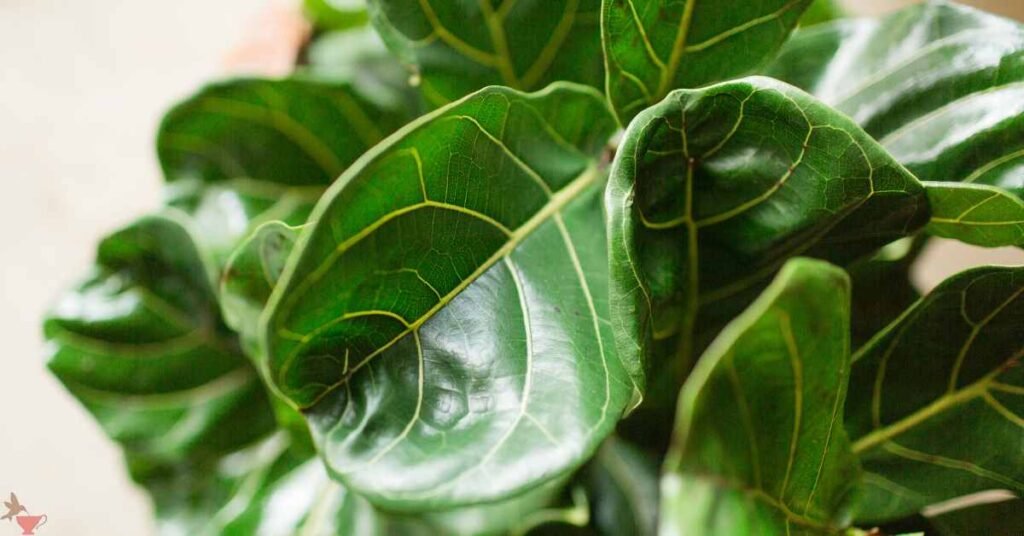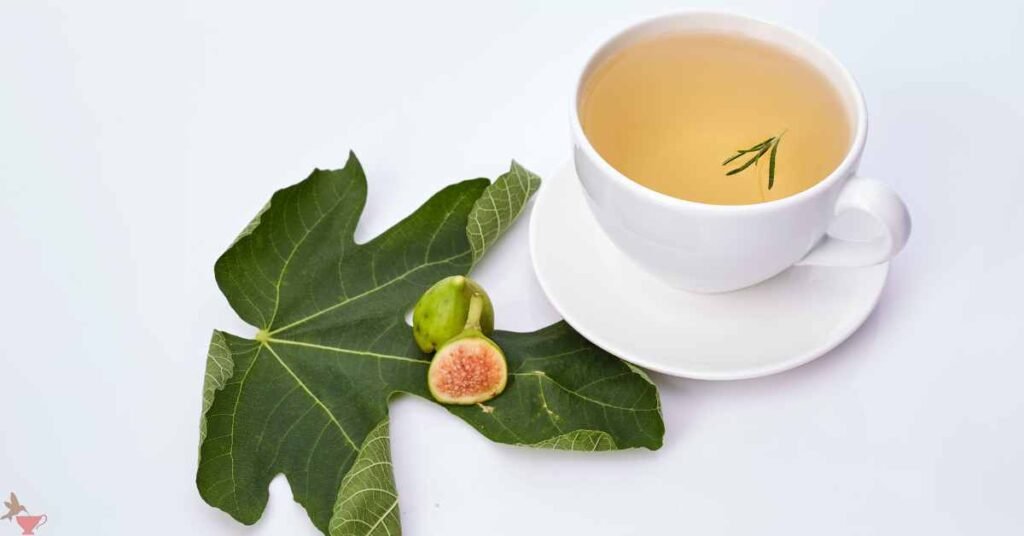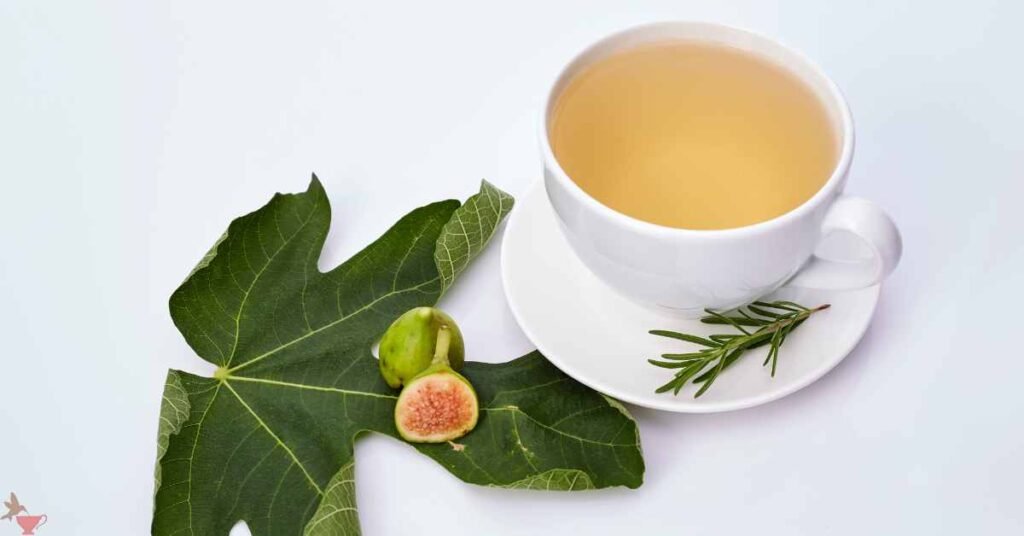Fig leaf tea is a hidden gem in the realm of herbal beverages, cherished for its rich history, myriad health benefits, and delightful flavor.

Derived from the leaves of the fig tree (Ficus carica), this tea has been treasured for centuries across various cultures for its therapeutic properties and culinary versatility.
Let’s delve into the world of fig leaf tea to uncover its secrets and explore why it’s gaining popularity among health enthusiasts worldwide.
The Fig Leaf: A Source of Nutrients and Healing
Nutritional Profile: Fig leaves are not only known for their shade-providing abilities but also for their nutrient-rich composition.
They are a source of vitamins, minerals, and antioxidants, making them a valuable addition to herbal remedies and dietary supplements.
Antioxidant Power: One of the key benefits of fig leaf tea lies in its antioxidant content.
Antioxidants combat oxidative stress and free radicals in the body, supporting overall health and potentially reducing the risk of chronic diseases.
Antimicrobial Properties: Research suggests that fig leaves possess antimicrobial properties, which may help in fighting off certain infections and promoting a healthy immune system.
Health Benefits of Fig Leaf Tea

- Blood Sugar Regulation: Fig leaf tea is renowned for its ability to help regulate blood sugar levels. It contains compounds that may enhance insulin sensitivity and aid in managing diabetes.
- Digestive Support: Drinking fig leaf tea can support digestive health, offering relief from conditions like indigestion, bloating, and constipation. It may also have a mild laxative effect.
- Heart Health: The antioxidants and anti-inflammatory compounds in fig leaves contribute to cardiovascular wellness by promoting healthy blood circulation and reducing the risk of heart-related issues.
- Weight Management: Some studies suggest that fig leaf tea may assist in weight management by promoting satiety and supporting metabolic processes.
Uses of Fig Leaf Tea
- Herbal Beverage: Enjoy fig leaf tea as a soothing herbal beverage on its own or blended with other herbs for added flavor and benefits.
- Culinary Ingredient: Incorporate fig leaf tea into culinary creations such as sauces, marinades, and desserts for a unique and nutritious twist.
- Skincare Aid: Due to its antioxidant and anti-inflammatory properties, fig leaf tea can be used topically as a natural skincare remedy, helping to soothe skin irritations and promote a healthy complexion.
Preparation of Fig Leaf Tea

Ingredients:
- Dried fig leaves or fresh fig leaves (washed and dried)
- Water
Instructions:
- Boil water in a pot.
- Add dried or fresh fig leaves to the boiling water.
- Let it simmer for about 10-15 minutes.
- Remove from heat and strain the tea.
- Optionally, add honey or lemon for flavor.
Note: Adjust the amount of fig leaves based on your desired strength and taste preferences.
Final Word

Fig leaf tea is a natural elixir that combines delightful flavor with a plethora of health benefits.
Whether enjoyed for its therapeutic properties, culinary versatility, or skincare advantages, this ancient herbal remedy continues to captivate enthusiasts seeking wellness through nature’s bounty.
Incorporate fig leaf tea into your daily routine and savor the goodness it brings to your mind, body, and spirit.
MEDICAL DISCLAIMER
Itsnevernotteatime.com cannot and does not contain medical/health advice. The medical/health information is provided for general and educational purposes only and is not a substitute for professional advice.




